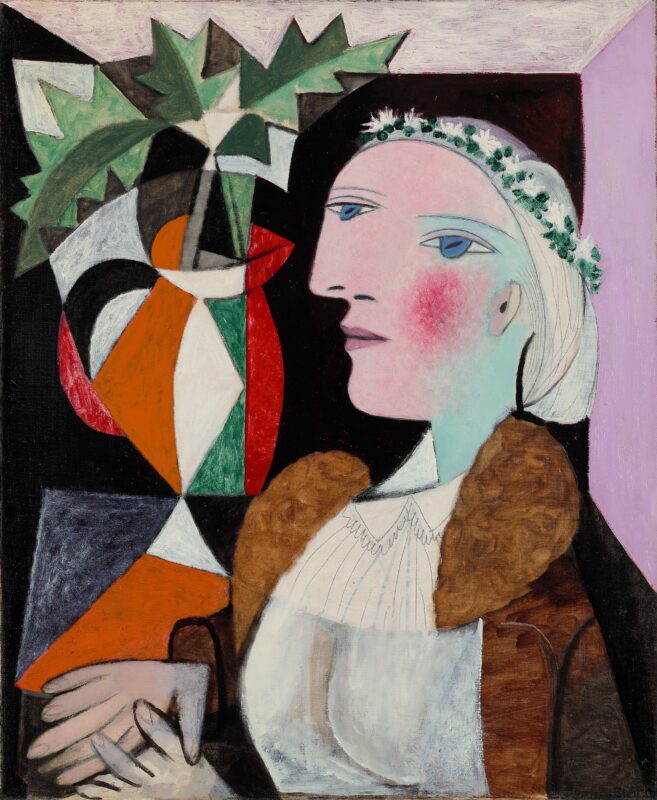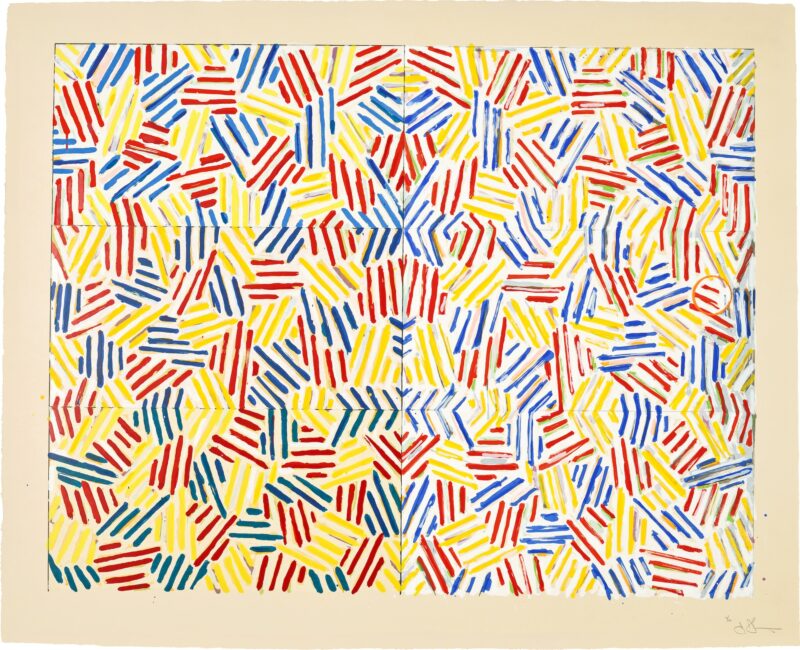
PROPERTY OF AN IMPORTANT EUROPEAN COLLECTOR PABLO PICASSO La Minotauromachie 1935 Etching and engraving with scraper, on laid Montval paper with watermark, with full margins (deckle on all sides). Baer’s seventh (final) state, one of the 23 impressions from the artist’s estate, printed by Roger Lacourière, Paris, in original condition, framed. Estimate: $1,000,000-1,500,000
On Thursday 16th January a very rare etching by Pablo Picasso is to be unveiled by Phillips, it is set to be the highest value print ever to have been sold by them.
About La Minotauromachie:
As Picasso’s supreme achievement in printmaking, La Minotauromachie is considered one of the most important graphic works of the 20th century. Not only visually intriguing and technically masterful, the work presents a complex subject of anecdote, symbolism and myth. La Minotauromachie was created at a time of personal turmoil for the artist when Picasso’s marriage to Olga Khokhlova was floundering upon the discovery that his young mistress, Marie-Thérèse Walter, was pregnant. Picasso found catharsis in printmaking – the physical process eventually pulled him out of a period of creative stagnation and led to the creation of this print.
The minotaur is Picasso’ most famous subject, generally recognised as a representation of the artist himself, and appropriated by him in many different guises. Picasso began using the minotaur in the early 1930s, building an entire life cycle of the beast in the Vollard Suite (1933-36) and infamously illustrating the beast in Guernica in 1937. In La Minotauromachie, the minotaur’s overpowering presence consumes the right-hand half of the image, his outstretched arm reaches across the centre of the page to block light emanating from a candles glow. Held by a flower girl, the candle illuminates the scene below of a wounded lacerated horse, shown with teeth barred at the minotaur, on whose back lies a Torrera (female bullfighter), supposedly unconscious. Two women and two doves overlook the action from above, while a bearded man climbs a ladder to the left, looking back at the scene over his shoulder. In the far distance, a sailboat can be seen in the horizon.
The centre of La Minotauromachie draws on images of the bullfight as a metaphor for Picasso’s dichotomous conscious and unconscious relationship to Marie-Therese, whose profile matches that of the Torrera. Her spiritual counterpart can be seen in the flower girl, whose calm unselfish presence drew Picasso in and away from Olga’s conservatism. Picasso worked intensely on the plate for La Minotauromachie, producing a total of 7 states for this image, which the present example is the 7th (final) state. Reluctant to release impressions of this print, Picasso handed some only to his closest friends. At his death, between 23 and 27 impressions remained in the artist’s estate. Baer cites approximately 55 impressions of La Minotauromachie in its final state, half of which are held in museums.







